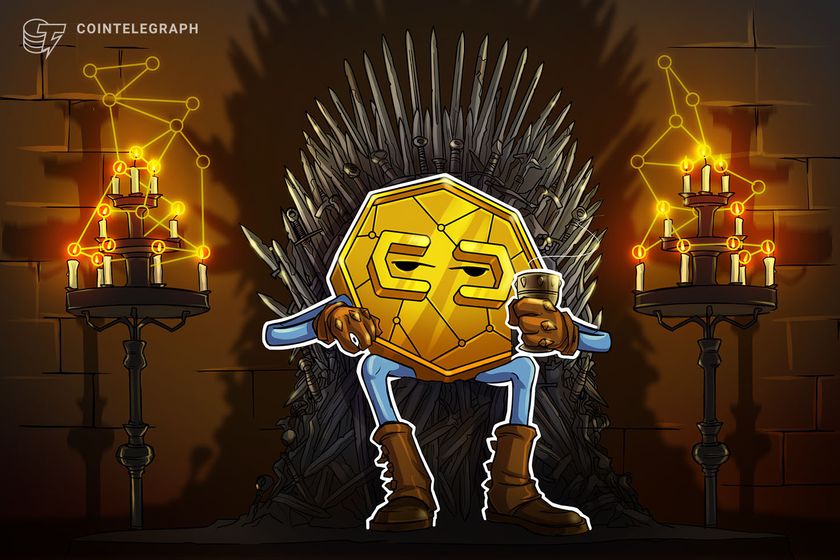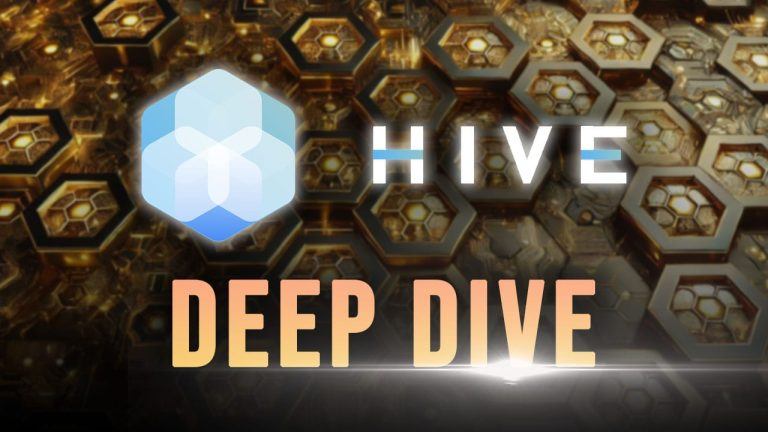
Dfinity founder takes aim at Ethereum’s complex layer-two solutions

Dfinity founder Dominic Williams has criticized Ethereum’s emerging ecosystem of layer-two solutions for exposing users to counterparty security risks.
Dominic Williams, the founder of Dfinity and its Internet Computer, has slammed the scaling solutions put forward by Polkadot and Ethereum for offering a disjointed user experience.
The self-described “blockchain maximalist” criticized Ethereum’s burgeoning ecosystem of second-layer scaling solutions, describing Ethereum as starting to resembling a ridiculously elaborate “Rube Goldberg machine” of “layer-two cloud applications.”
Williams asserted layer-twos cause points of friction for Ethereum users and exposes them to counterparty security vulnerabilities, emphasizing that more than half of Ethereum’s nodes are hosted by Amazon Web Services:
“A lot of these Proof of Stake networks today that people invest in are really just layer-two applications of cloud — we find that pretty disappointing. Blockchain shouldn’t be running on Amazon Web Services where they can steal the validator keys and do all sorts of bad stuff.”
Williams asserts that when a user accesses a blockchain through the cloud, “they have to download MetaMask from Amazon or something that lets them be tracked.”
He sought to contrast this with Dfinity’s Internet Identity protocol that he claims “can’t track you” unlike MetaMask and many other services downloaded from an app store.
Dfinity’s founder emphasized the numerous friction-points and steep learning curve impacting the user experience on Ethereum, stating: “If you want mass adoption of blockchain, you can’t require people to install MetaMask and then have to buy some Ether from Coinbase — that’s ridiculous. People need to interact with blockchain without having tokens — tokens come later. That’s a really big problem.”
“On a traditional blockchain, you’re sort of fiddling around creating these transactions through MetaMask or something like that — that’s just not a good user experience.”
Williams also took aim at Polkadot’s forthcoming sharded parachain ecosystem, likening its relay chain to a “centralized toll-fee hub” mediating between disparate blockchains. He also criticized its vision for sharding as failing to ensure “fungibility between smart contracts.”
“DeFi is so successful on Ethereum […] because these smart contracts exist in a seamless universe and they can all plug into each other — everybody can extend everybody else’s system,” he added.
Since its discreet mainnet launch in December 2020, Williams claims Dfinity has been poorly understood by the broader crypto community and the subject of rampant FUD on social media, lamenting that poor marketing from the project has done little to fix the situation.
Despite the purported FUD-storm, Williams asserts “the Internet Computer will have more users than all other blockchains combined by December of this year.”
Go to Source
Author: Samuel Haig









